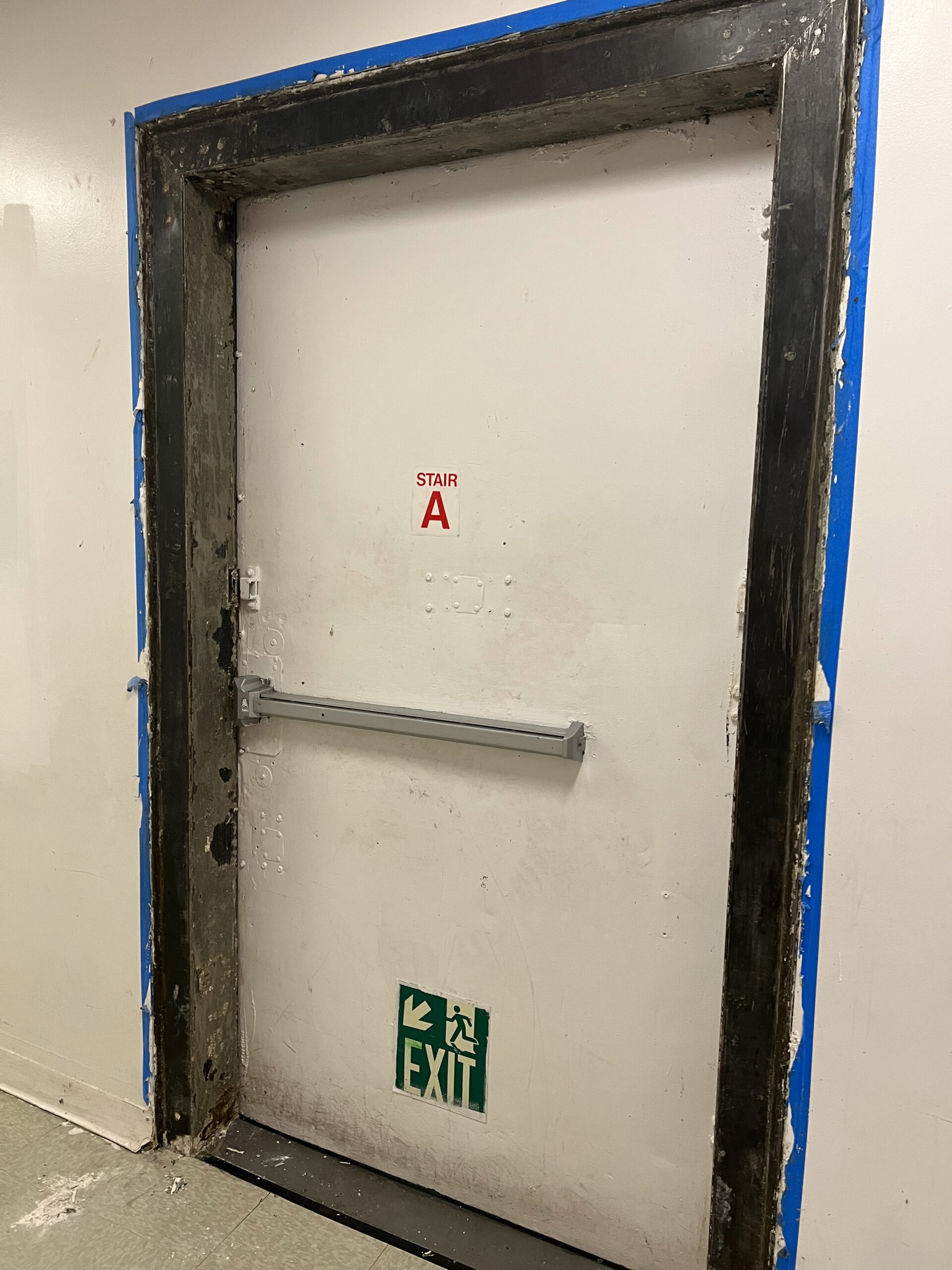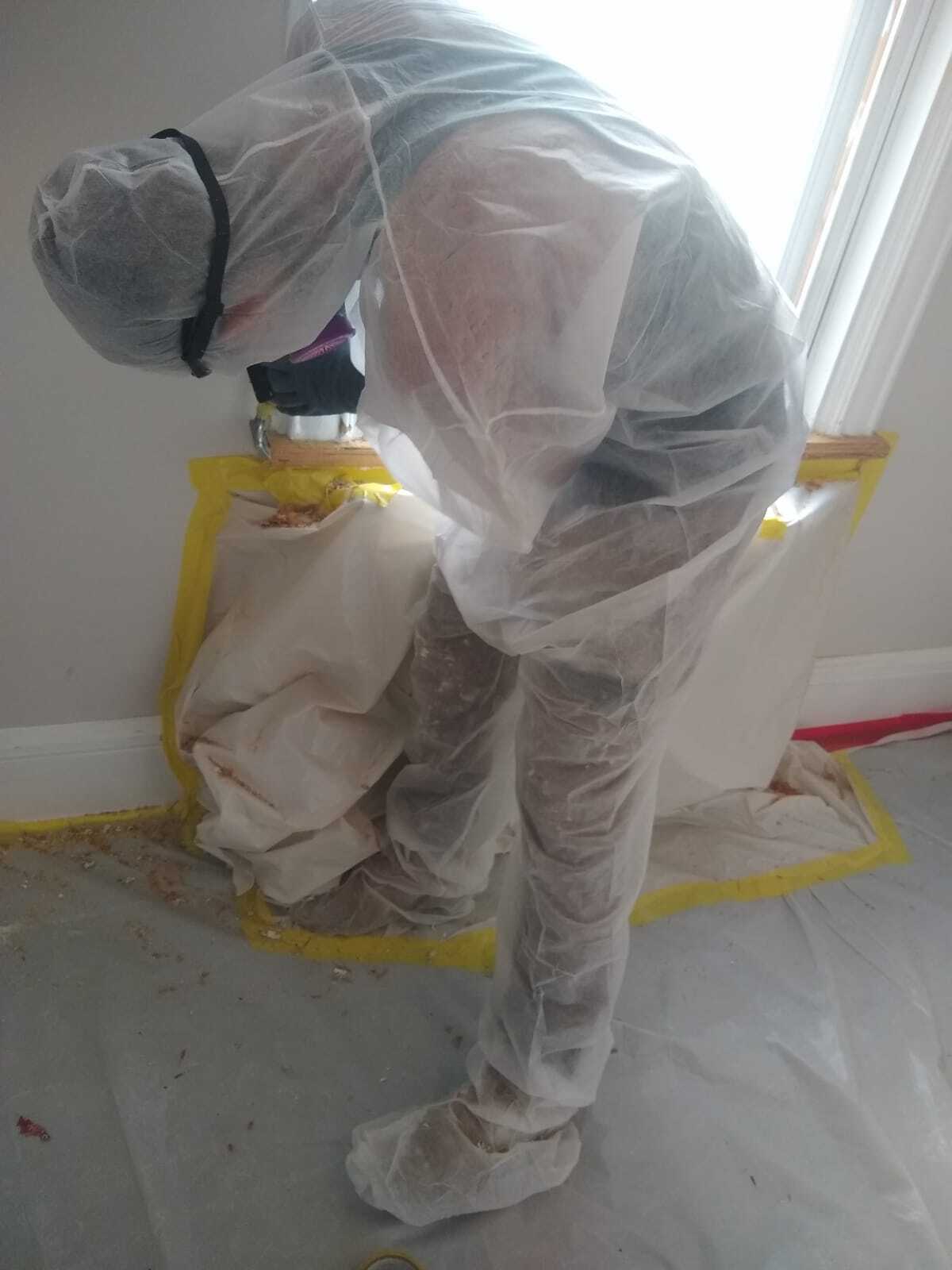Specialist Lead Paint Removal Company-- Serving All NYC Boroughs
Specialist Lead Paint Removal Company-- Serving All NYC Boroughs
Blog Article
Ideal Practices for Making Sure Safe and Thorough Lead Infraction Reduction
Resolving lead violation reduction calls for a multi-faceted approach to make sure both security and compliance. It's the final clearance procedure, entailing detailed examinations and research laboratory screening, that really confirms a lead-free environment, making certain long-lasting security. How do these methods interconnect to guarantee comprehensive lead reduction?

First Evaluation
Conducting a first evaluation is a vital first action in lead offense reduction. This stage encompasses a detailed analysis of the building to determine the visibility, degree, and specific places of lead-based hazards. Certified experts, such as qualified lead examiners or take the chance of assessors, ought to execute a detailed website assessment, utilizing tools like X-ray fluorescence (XRF) analyzers to properly find and measure lead focus in paint, dirt, soil, and water.
The evaluation must likewise consist of a review of the building's background, previous reports, and any kind of grievances or wellness concerns reported by residents - Lead Removal Contractors. Recording the searchings for carefully is necessary, as these documents form the basis for establishing a reliable abatement method. A comprehensive evaluation additionally involves sampling and lab evaluation, which are essential to confirm the existence of lead and guide succeeding actions
In addition, it is vital to interact the outcomes transparently to all stakeholders, consisting of residential or commercial property owners, renters, and regulative authorities. By making certain that the first analysis is performed with precision and rigor, experts can lay a strong foundation for a targeted and effective lead abatement process, eventually protecting public health and wellness and making sure conformity with regulative standards.
Appropriate Containment
Appropriate containment is essential to protect against the spread of lead impurities throughout abatement tasks. Successfully managing control lessens the risk of lead dirt and debris moving to non-work areas, therefore securing both the setting and people outside the instant work zone.

Routine inspections of the control area are needed to check for violations or weaknesses in the barrier. Any type of recognized problems need to be quickly resolved to preserve the honesty of the containment. By adhering to these techniques, abatement jobs can effectively manage lead contamination and mitigate involved wellness risks.
Employee Defense
Guaranteeing employee defense is critical throughout lead reduction projects to stop job-related exposure to harmful lead fragments. Vital actions include using personal safety tools (PPE) such as respirators, gloves, and full-body suits particularly made to obstruct lead dust and fumes. Workers ought to go through thorough training on the correct usage and maintenance of PPE, including my latest blog post in shape screening for respirators to make certain optimum efficacy.
Engineering controls, such as local exhaust ventilation systems, are important in decreasing air-borne lead focus in the workplace. Management controls should also be implemented, including limiting the duration of exposure and rotating workers to lower specific direct exposure times. Normal clinical security and organic tracking are vital for very early discovery of lead absorption, allowing timely intervention and treatment.
Furthermore, establishing a decontamination protocol is vital. Workers have to adhere to rigorous purification procedures before breaks and at the end of their change to avoid lead dirt from being brought outside the workspace. This consists of complete hand and face cleaning with lead-specific cleaning agents and transforming out of polluted clothing.
Precise Cleanup
Maintaining a secure work setting extends beyond employee protection and incorporates careful clean-up to guarantee lead fragments are extensively eliminated from the website. The procedure of thorough cleanup is crucial in avoiding the recontamination of the eased off location and securing both present and future occupants.
To attain an extensive cleanup, all job locations have to be methodically decontaminated. This involves the usage of specialized HEPA (High-Efficiency Particulate Air) vacuum cleansers and wet-wiping methods to record and eliminate great lead dust that might have decided on surfaces. It is imperative to clean up all straight surfaces, consisting of floors, window sills, and kitchen counters, as Click Here well as upright surface areas that may have caught lead particles.
Employees have to use ideal personal protective devices (PPE) throughout cleanup to prevent direct exposure to residual lead dust. Utilized cleansing materials such as wipes, sponges, and wipe heads should be thrown away according to harmful waste disposal laws.

Last Clearance
Last clearance is the critical wrapping up stage of lead reduction that figures out whether the website is risk-free for reoccupation. This important action includes detailed assessment read here and screening to confirm that all lead risks have been efficiently eliminated.

Final clearance screening not only safeguards future occupants yet likewise guarantees compliance with neighborhood, state, and federal regulations. It serves as a recorded validation of the reduction professional's adherence to industry best techniques. Making sure a complete and successful last clearance is vital in safeguarding public wellness and fostering count on the abatement procedure.
Conclusion
Making certain safe and detailed lead infraction reduction necessitates a complex approach incorporating preliminary analyses with advanced detection approaches, effective control strategies, strict employee protection procedures, and thorough cleanup procedures. The last clearance stage, including thorough evaluations and laboratory testing, is essential to validate conformity with EPA standards. Adherence to these ideal techniques guarantees a safe environment for residents, mitigates health and wellness dangers, and upholds regulatory demands, thus promoting public health and wellness and safety in lead-affected areas.
Report this page